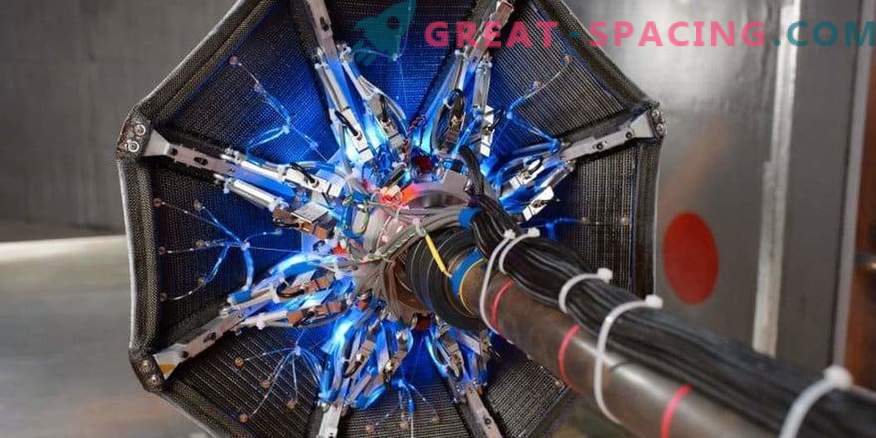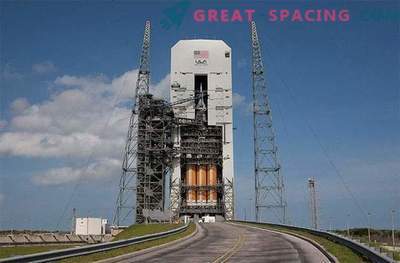
Do not think that ADEPT is a bit fancy umbrella design. In fact, it is a folding device that opens to form a round rigid heat shield, called an aerosol. This is an important technology that will allow you to land on other worlds and deliver valuable goods with greater safety and efficiency.
A spacecraft usually approaches planets at speeds of tens of thousands of miles per hour. It is incredibly fast. Entry into the atmosphere at such indicators causes a blow and friction, forming a strong heat just in front of the ship's bow. Aerosol shields slow down the devices at the entrance and protect them from burning. ADEPT can be the key to future NASA missions that need extra-large aerosols to protect spacecraft at the time of landing on other worlds without using larger rockets.
The first test flight is scheduled for September 12 from the space port of New Mexico. The mechanism is launched in the form of an umbrella, is separated from the rocket in space and takes place at a height of 60 miles above the Earth. The test will last 15 minutes, and the maximum speed should reach about 2300 miles per hour. This is not much to burn, and the purpose of the test is to observe the initial sequence of deployment and evaluate aerodynamic stability.

Dual ADEPT installations include a flight unit for the first test on September 12 and a spare. Units are presented in expanded state. The diameter of the heat shields is 28 inches. It also has a payload and CubeSat - 12 x 4 x 4 inches
The initial ADEPT tests were conducted on the surface, but the flight will demonstrate the functionality and deployment in zero gravity, as well as entry into the atmosphere. The umbrella-shaped design uses a flexible, three-dimensional carbon fabric stretched over sliding ribs and poles, which become stiff when fully extended. The main component is a carbon fabric that protects against combustion.

Brandon Smith and Joseph William conduct a final ADEPT test for the first deployment test
The next steps of the project will be the development and conduct of a test for entering Earth with higher “orbital” speeds (17000 miles per hour), which will allow developing technologies with an eye to Venus, Mars or Titan, as well as mining lunar samples.











































